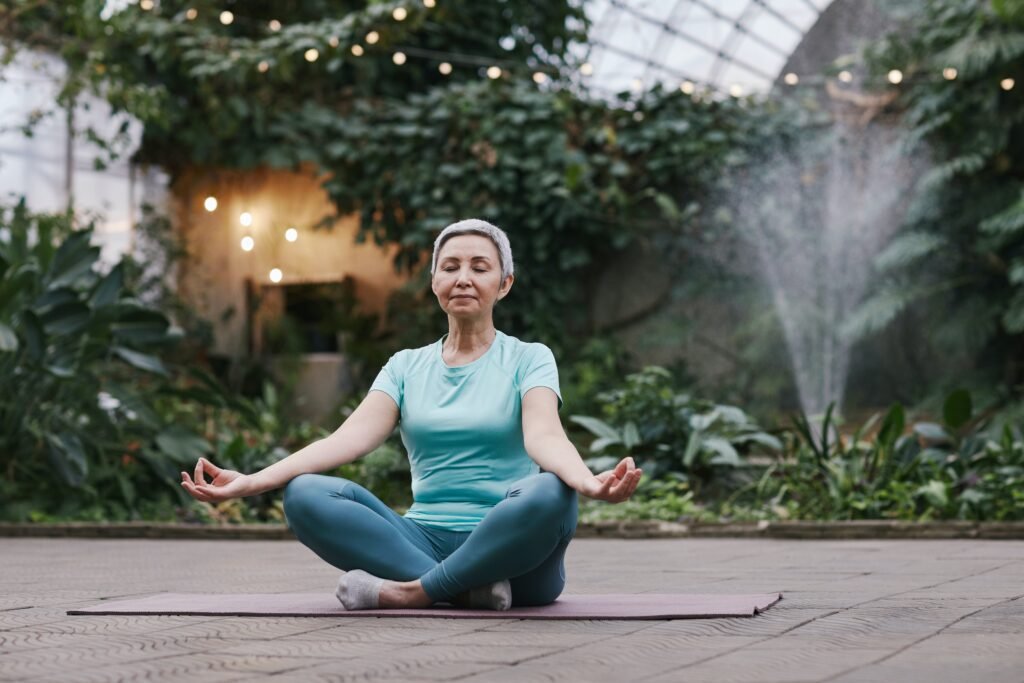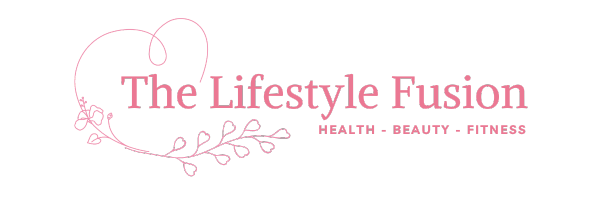This blog will help you to know about the difference between anxiety and panic attack symptoms first and deal with them accordingly. It will provide you with cost-free facilitation to an accurate diagnosis and appropriate treatment. Read it carefully and get your mental health back.
Differences I Symptoms I Clinical Diagnoses I Natural Remedies
The terms “anxiety attack” and “panic attack” are often used interchangeably, but they refer to well-defined experiences characterized by different symptoms and triggers. It is essential to note that these terms are used informally, and in clinical settings, the Diagnostic and Statistical Manual of Mental Disorders primarily uses the term “panic attack.” Anxiety and panic attacks generally differ in cause and severity. They both can cause shallow breathing, a fast heartbeat, and a sense of distress.
Difference – Anxiety Attack I Panic Attack
An anxiety attack is a response to some perceived threat, while a panic attack is often more intense and can occur with or without a trigger. Here’s a detailed discussion of the difference between anxiety attack and panic attack:
– Emergence
-
Anxiety Attack – Gradual Onset
Characteristic: Anxiety attacks, if used at all, are often described as having a more gradual onset compared to panic attacks.
Intensity: The intensity of symptoms may be less severe than a panic attack.
-
Panic Attack – Sudden Onset
Characteristic: Panic attacks typically come on suddenly and reach their peak within minutes.
Intensity: They are intense and often described as a sudden surge of overwhelming fear or discomfort.
– Duration
-
Anxiety Attack
Longer Duration: Anxiety attacks, if considered distinct from generalized anxiety, may last longer than panic attacks and can persist for a more extended period.
-
Panic Attack
Brief Duration: Panic attacks are usually brief, lasting for about 5 to 20 minutes. However, some symptoms may linger.
– Triggers
-
Anxiety Attack
Specific Triggers: Anxiety attacks may be triggered by specific stressors or situations, and they might be more predictable than panic attacks.
-
Panic Attack
Unpredictable Activate: Panic attacks can occur without an apparent trigger. They are often unpredictable and may happen in various situations, including seemingly calm or safe environments.
Symptoms – Anxiety Attack I Panic Attack
To understand more, see the difference between anxiety and panic attack symptoms are as below:
– Physical Symptoms
-
Anxiety Attack
Milder Physical Symptoms: While physical symptoms can be present, they are generally less intense than those experienced during a panic attack.
-
Panic Attack
Physical Manifestations: Panic attacks are associated with a variety of intense physical symptoms, including chest pain, heart palpitations, sweating, trembling, shortness of breath, nausea, and dizziness.
– Cognitive Symptoms
-
Anxiety Attack
Worry and Fear: Cognitive symptoms during an anxiety attack often involve excessive worry, fear, or a sense of impending doom.
Feel of Distress: Individuals may feel tense or restless.
-
Panic Attack
Fear of Losing Control: Individuals experiencing a panic attack often report a fear of losing control, going crazy, or even dying.
De-realization and Depersonalization: Some may experience unreality or detachment from themselves or their surroundings.
Clinical Diagnosis – Anxiety Attack I Panic Attack

The clinical differences between an anxiety attack and a panic attack are based on some similarities, but they are distinct phenomena with differences in their duration, intensity, triggers, and other features. It’s important to note that these terms are sometimes used interchangeably, and the diagnostic criteria may vary between different editions of diagnostic manuals. However, a general overview of the differences between an anxiety attack and a panic attack are as follows:
– Detection
- Anxiety Attacks: As mentioned earlier, the term “anxiety attack” is not as commonly used in clinical diagnoses, and symptoms may be assessed within the context of generalized anxiety disorder or other anxiety-related disorders.
- Panic Attacks: Recognized as a specific diagnosis in diagnostic manuals like the DSM-5, there are criteria for differentiating panic disorder from other anxiety disorders.
– Duration
- Anxiety Attacks: The term “anxiety attack” is not officially recognized in most diagnostic manuals, and some professionals use it interchangeably with panic attacks. However, if someone refers to an anxiety attack, they may be describing a less intense and more prolonged period of heightened anxiety or stress.
- Panic Attacks: Typically sudden and intense periods of fear or discomfort that reach a peak within minutes. They often involve a sense of impending doom or a fear of losing control.
– Triggers
- Anxiety Attacks: These are often triggered by specific stressors or situations that lead to increased feelings of anxiety.
- Panic Attacks: These can occur seemingly out of the blue and may not be directly linked to a specific situation or trigger.
– Symptoms
- Anxiety Attacks: Symptoms are often similar to those of panic attacks but may be less severe and more focused on generalized feelings of worry, nervousness, or fear.
- Panic Attacks: Symptoms may include palpitations, sweating, trembling, shortness of breath, chest pain, nausea, dizziness, and a feeling of detachment.
It’s crucial to note that the use of “anxiety attack” is less common in clinical literature. When discussing mental health with professionals, it’s often more accurate to describe specific symptoms and situations to facilitate an accurate diagnosis and appropriate treatment. If someone is experiencing symptoms of anxiety or panic attacks, seek complete guidance about the difference between anxiety and panic attack symptoms and get a proper consultation from a mental health professional for a thorough assessment and tailored intervention.
Three Natural Ways to Control Anxiety and Panic Attacks
While overcoming anxiety and panic attacks often requires a comprehensive approach that may include professional help and, in some cases, medication, several natural strategies may help manage symptoms. Here are three natural ways:
1. Deep Breathing and Relaxation Techniques

- Practice deep breathing exercises to help calm your nervous system. Focus on slow, deep breaths, inhaling through your nose and exhaling through your mouth.
- Progressive muscle relaxation involves tensing and then slowly releasing different muscle groups, promoting physical relaxation and reducing tension.
- Mindfulness meditation and guided imagery can help redirect your focus away from anxious thoughts and promote a sense of calm.
2. Physical Exertion

- Engage in regular physical activity, as exercise has been shown to have a positive impact on mood and anxiety. Aim for at least 30 minutes of moderate-intensity exercise most days of the week.
- Activities like walking, jogging, swimming, or yoga can be particularly beneficial. Exercise helps regulate neurotransmitters and reduces stress hormones, contributing to an overall sense of well-being.
3. Healthy Lifestyle Choices

- Prioritize a balanced and nutritious diet. Avoid excessive caffeine, alcohol, and sugary foods, as these can contribute to anxiety symptoms.
- Ensure you get enough sleep. Establish a regular sleep routine, create a comfortable sleep environment, and aim for 7-9 hours of sleep per night.
- Stay hydrated by drinking enough water throughout the day, as dehydration can affect mood and increase feelings of anxiety.
It is pivotal to know about the difference between anxiety and panic attack symptoms first and deal with them accordingly. While the above natural strategies can be helpful, they may not be sufficient for everyone, and individual responses vary. If you are experiencing persistent or severe anxiety or panic attacks, it’s advisable to seek professional help. A mental health professional, such as a therapist or counselor, can provide tailored strategies, coping mechanisms, and support to address your specific situation. Moreover, if your symptoms are significantly impacting your daily life, a healthcare provider may explore the possibility of other interventions, such as medication. Always consult with a healthcare professional for personalized advice and guidance.






